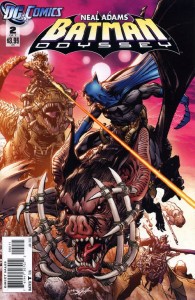 Batman: Odyssey #2 features exquisite art by Neal Adams. The images of Batman in this book are spectacular, and Adams has not lost a step from his classic Batman illustrations in the 1970’s. You could lose yourself in this art. Which is a good thing because it is there in support of a story also written by Neal Adams. And reading this story is like being fucked in the brainstem by Adams’s drafting pencil after a half-dose of shitty brown acid.
Batman: Odyssey #2 features exquisite art by Neal Adams. The images of Batman in this book are spectacular, and Adams has not lost a step from his classic Batman illustrations in the 1970’s. You could lose yourself in this art. Which is a good thing because it is there in support of a story also written by Neal Adams. And reading this story is like being fucked in the brainstem by Adams’s drafting pencil after a half-dose of shitty brown acid.
I have no fucking idea what is happening in this comic book. It opens with Bruce Wayne looking right at me – literally making eye contact through the page – andapparently asking me, as a reader, if I like his Green Lantern t-shirt. Then he says, “So, sure, it wasn’t a happy thing leaving Dick behind, but… what would you do?” Um, I don’t want to tell a legend like Adams his business, but as a long-time comics fan who has read many classic Batman stories, I can’t remember one of them where I was reasonably certain that Batman was hitting on me.
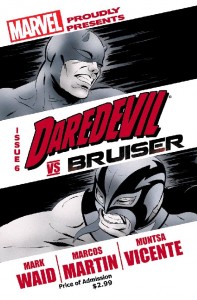

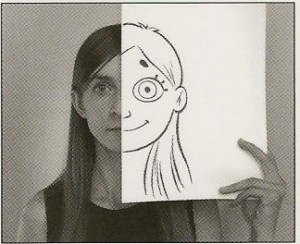
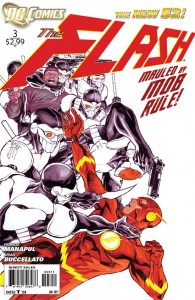
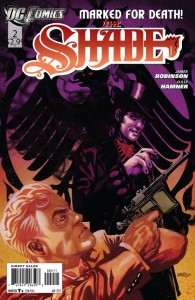
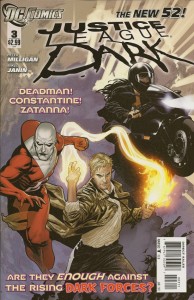
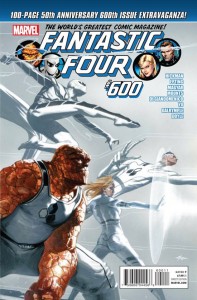
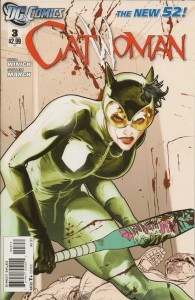
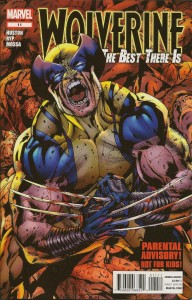
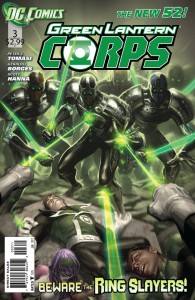
 Podcast RSS Feed
Podcast RSS Feed iTunes
iTunes Google Play
Google Play Stitcher
Stitcher TuneIn Radio
TuneIn Radio Android
Android Miro Media Player
Miro Media Player Comics Podcast Network
Comics Podcast Network